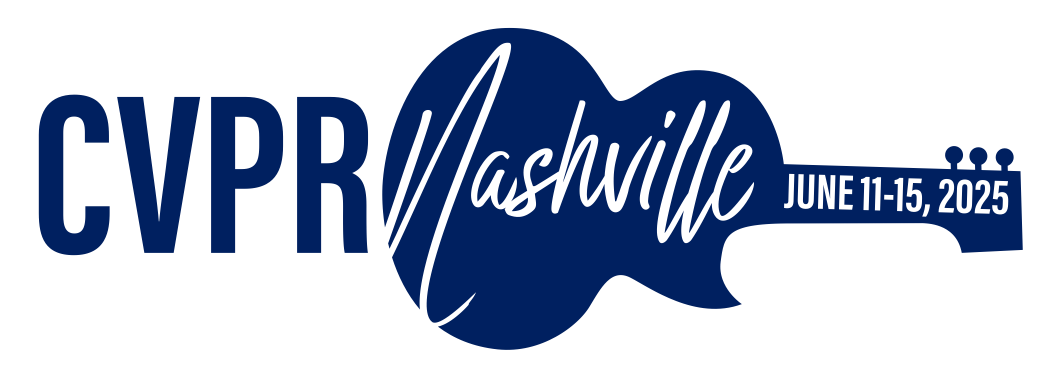-
[pdf]
[bibtex]@InProceedings{Zuccara_2025_CVPR, author = {Zuccar\`a, Rosa and Fargetta, Georgia and Ortis, Alessandro and Battiato, Sebastiano}, title = {Exploiting Adversarial Learning and Topology Augmentation for Open-Set Visual Recognition}, booktitle = {Proceedings of the IEEE/CVF Conference on Computer Vision and Pattern Recognition (CVPR) Workshops}, month = {June}, year = {2025}, pages = {3425-3433} }
Exploiting Adversarial Learning and Topology Augmentation for Open-Set Visual Recognition
Abstract
This paper proposes a novel approach that introduces a dedicated unknown class, inspired by recent studies on adversarial machine learning images, that are completely unrecognizable to humans yet are confidently misclassified by CNNs as objects. Our method seeks to improve the class cohesion in the feature space, guiding the model to manage the vector space better. We demonstrate that using unknown and unseen images leads to more effective management of the feature space and significantly improves recognition performance in the presence of unknown inputs. Initially, we evaluate the distribution of a C-class subset from the MNIST and ImageNet dataset, investigating the single accuracy of each class, and using t-SNE visualizations to assess how these classes are arranged in the feature space, for a closed-set classification. Then, we extend our approach to a C+1 classification scenario. Indeed, the unknown class is constructed using a customized method that integrates NEAT, a technique for neural network evolution, and defines a novel fitness function for this problem, called f_NEAT. Then, the synthetic unknown class is added to the test set of images belonging to unseen classes, within an open-set recognition context. The results are especially relevant for real-world applications, such as open-set biometric authentication in an adversarial environment, an area we intend to explore in our future work.
Related Material





